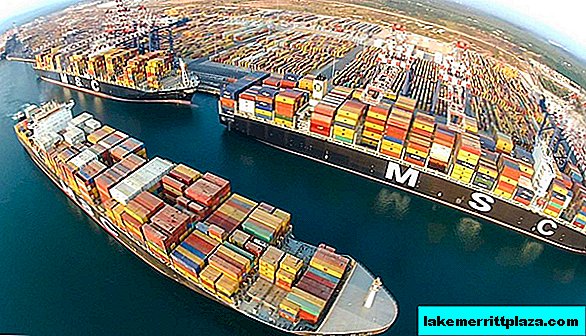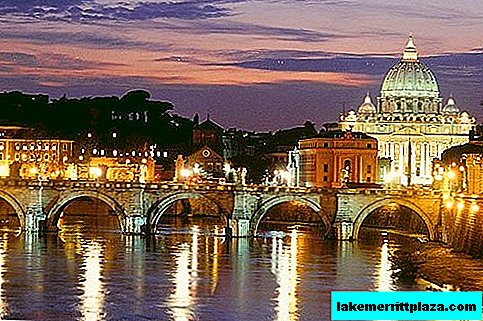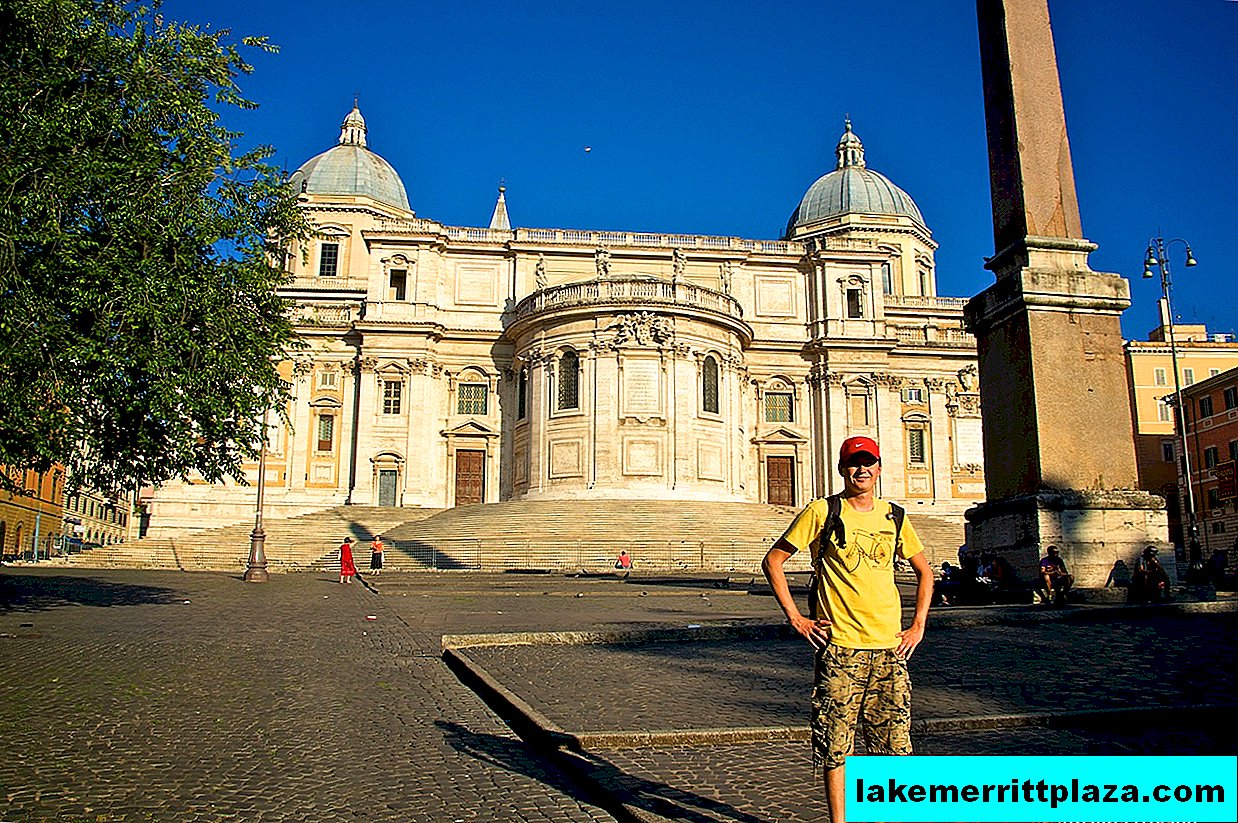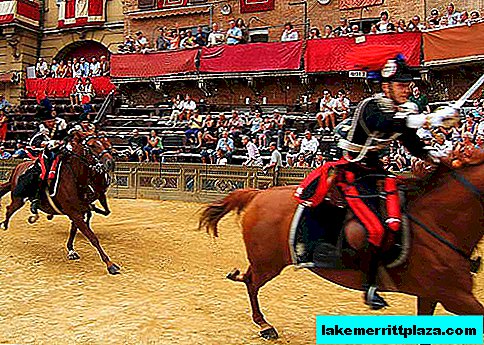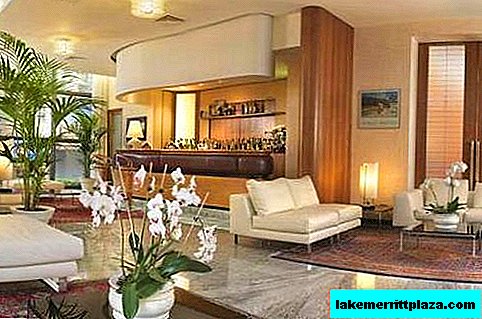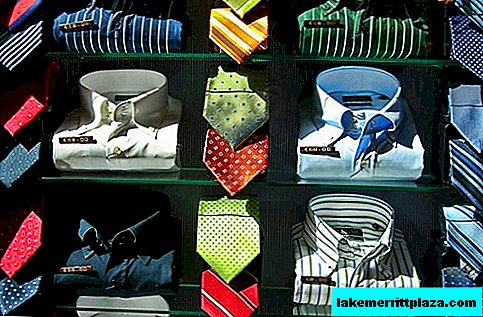The building of the Altes Museum and its collection is a tribute to the Prussian kings of the universal enthusiasm for antiquity in the XIX century. It remains only to thank them for the opportunity to see today in one place so many works of art from Ancient Greece and Rome.
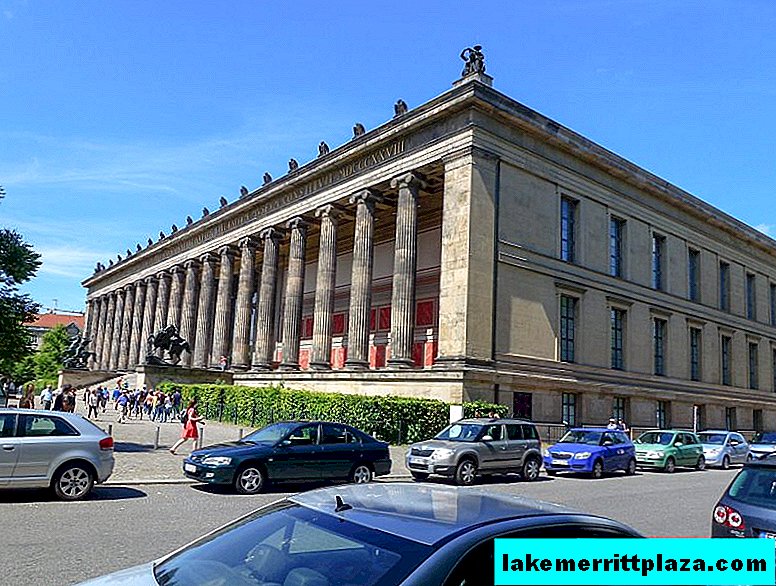
Old Museum (Altes Museum), photo Timm aus Kiel
The Old Museum (Altes Museum), the second name is the Museum of Ancient Art, is the art museum of Berlin. On Museum Island, it is the oldest. His collection consists of art from ancient Greece and Rome.
Museum building

Top view of the Old Museum, photo by malditofriki
The museum building began to be built in 1822 in the neoclassical style, designed by architect Karl Friedrich Schinkel. Initially, it was intended to house the royal art and archaeological collection. The construction was completed in 1830.
The main facade of the Old Museum is decorated with columns of the ionic order, and the dome was originally designed in the form of a hemisphere. The building is raised on a special pedestal. Thus, the structure has a large height, which means additional protection against floods. After all, the museum is located on the island.
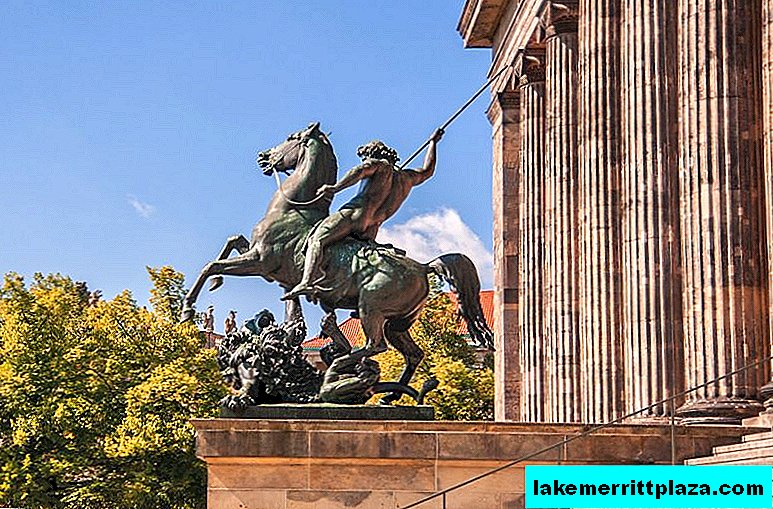
Equestrian statue at the entrance, photo by Julian McKinlay
The entrance to the Old Museum has a rather original look. Visitors are greeted with horse statues. In front of the building is a huge bowl of granite made by Schinkel. This work of art weighs 76 tons, the diameter of the bowl is 7 meters.
The building of the Old Museum was significantly damaged during the Second World War. Restoration ended only in 1966. The museum’s collection during the war years has also thinned out. Some exhibits were exported to West Germany and the Soviet Union, some of the unique items were stolen by looters. Many values were returned over time.
Exposition




The museum was opened in 1830. Its foundation was the collection of King Frederick William III. Therefore, until 1845, the museum was called Royal. In the XIX-XX centuries, his collection was replenished by German archaeological expeditions.
Today in the collection of the Old Museum exhibits of ancient art of Ancient Greece and Ancient Rome are presented.
Clay and bronze figures, stone sculptures, vases, friezes, gold and silver jewelry presented on the ground floor tell about Ancient Greece.
Portraits of Caesar and Cleopatra, sarcophagi, mosaics, murals, images of mummies are exhibited on the floor above the floor. Fayum portraits are already ancient Rome.
Working hours
Mon closed;
VT-SR 10:00 - 18:00;
Thu 10:00 - 20:00;
Fri-Sun 10:00 - 18:00.
Tickets
The cost of a full ticket is € 10.00,
preferential - € 5.00.
On the Museumsinsel map (Pergamon Museum, Bode Museum, Old Gallery, New and Old Museums):
full - € 18,
preferential - € 9.
Prices are for 2017. See current information here.
To avoid queues, buy tickets on the site.

